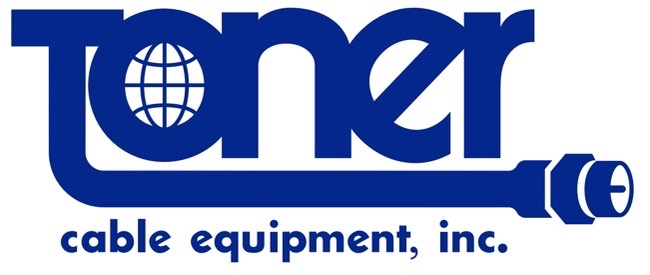TECH INFO
5/23/2023
Amplifier gain vs output levels and distortions
There are a lot of varied opinions on what Gain you may need in a broadband RF amplifier. Often some people may think “the more gain the better the amp so I must use a high gain amp”. This is most often not correct and can lead to poor picture quality as well as wasted money.
Conventional wisdom says that the optimum input level to an amplifier should be about 3 dB above the noise figure (N/F) of the amplifier for best performance. Based on this then an amplifier with a 7.0 dB N/F should have an input level of 10 dB, and a amplifier with a 8.5 dB N/F should have a input level of 11.5 dB.
Keeping this in mind we will now look at the distortions specified for an amplifier. Most often an amplifier has 3 different distortions specified, Composite Second Order (CSO), Composite Triple Beat (CTB) and Cross Modulation (X Mod), a fourth distortion is Hum Modulation that often is not specified. The FCC states what distortion levels in a Cable TV system with CTB and CSO at a minimum of 51 dB ratio of the video carrier (-51 dBmV). When it comes to distortions the greater the negative number the better so, -68 if better than -60. This then means that any distortions created by the hybrid amplifier chip are at least 68 dB or 61 db below the video carrier signal.
What does this mean you may ask?
Amplifiers have a rated output level at which the maximum distortions are specified. If an amplifier is rated to operate at 42 dBmV output, then the distortions will be no greater than their specified level when the amplifier is operating at this output level.
Therefore an amplifier with a 42 dB output level and distortion specifications of: CTB of -60 dB, CSO of -58 dB and XMOD of -58 dB will perform with these distortions no more than specified. If the output level is reduced then the distortion may actually be improved but Carrier to Noise ratio will suffer. If an amplifier is operated above its rated output level then the chances are the distortions will increase, potentially causing image issues.
You may have noticed that Amplifier Gain has not been mentioned yet
Keeping all of this in mind let’s look at gain VS output level
50 dB gain amplifiers are a common option available. A lot of the 50 dB gain amplifiers that are available today have a noise figure of around 7 dB, and their recommended output level varies from 42 to 49 dBmV
So if we use the average output level of 46 dBmV, and a noise figure of 7 dB we can calculate how to set one of these amplifiers up.
With a 7 dB N/F we have an optimum input level to the amplifier of 10 dBmV. With an output capability of 46 dBmV we need 36 dB gain (46 -10=36) to achieve the best performance and maintain the distortion characteristics specified for the amplifier. With this example we will need to turn the gain down to 36 dB which will negatively impact the Carrier to Noise ratio (C/N). (the carrier level is reduced but the noise floor remains the same)
The bottom line here is a 50 dB gain amp really is not needed and is wasting money and performance.
A 35dB gain or 40 dB gain amplifier is a better investment and will result in better performance.
Finally when you are installing an amplifier a good habbit to establish is to document the amplifier information and save it for future reference. Often problems appear because someone fiddles with a amplifier which ends up creating problems further down the system. Having the proper setting information at hand allows you to more easily trouble shoot the issue and restor the amp to it’s proper settings. The following document is a easy to use form for maintaining these records
- Happy Retirement Liz Helling April 5, 2024
- Toner Cable Equipment Welcomes Jeff Smith to its Sales Team November 6, 2023
- George Freeman 09/26/1936 – 03/08/2023 March 13, 2023

